Aluminum sliding doors are a popular choice for both residential and commercial spaces, offering sleek design and excellent functionality.
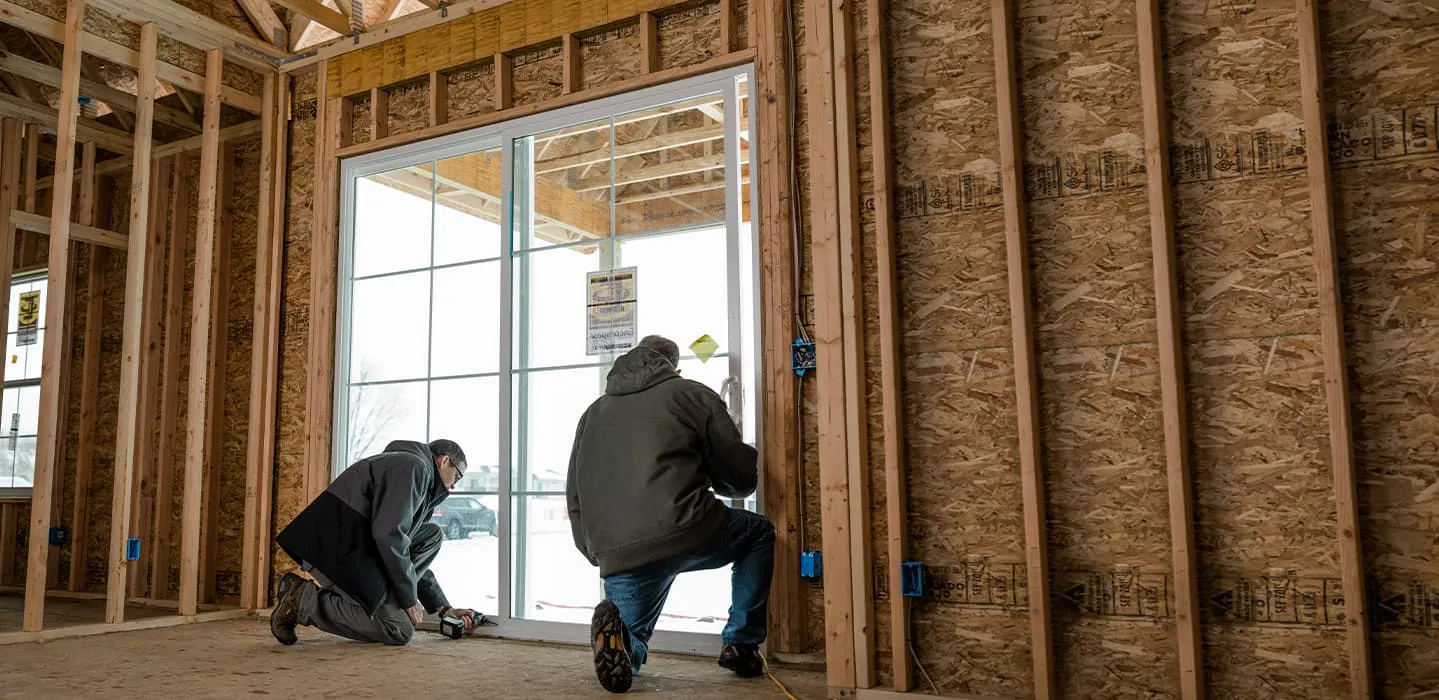
Proper installation is key to ensuring safety, energy efficiency, and long-lasting performance, making it essential to follow the right steps for a flawless setup.
Tools & Materials Needed

Here’s what you’ll need for your aluminum sliding door installation:
Tools:
- Drill & drill bits
- Screwdriver
- Level
- Measuring tape
- Spirit level
- Utility knife
Materials:
- Screws
- Silicone caulk
- Shims
- Foam insulation
- Sliding door kit
1. Preparing the Installation Area

Before installing your aluminum sliding door, you’ll need to prepare the area for a smooth installation:
- Measure the Opening: Double-check that your door frame is square and level. Measure both width and height to ensure the new door fits perfectly.
- Check for Existing Damage: Inspect the wall and floor for any structural damage or instability. Repair any issues before proceeding.
- Prepare the Space: Clear the area around the door frame. Ensure there’s enough room to maneuver the door during installation.
- Get Help: Sliding doors can be heavy and awkward to handle, so having a second person to assist with lifting and positioning the door is highly recommended.
2. Installing the Track

The track is crucial for the smooth operation of your sliding door.
Follow these steps for a secure installation:
- Top and Bottom Tracks: For external doors, you’ll have both top and bottom tracks. Interior doors typically only need a top track.
- Positioning: Mark the location where the tracks will go, ensuring they are evenly spaced.
- Leveling: Use a spirit level to ensure the tracks are perfectly aligned. Misaligned tracks can cause the door to slide unevenly.
- Secure the Tracks: Drill holes and secure the tracks to the frame using screws. Make sure they are tightly fixed and won’t shift during use.
3. Attaching Rollers to the Door Panels
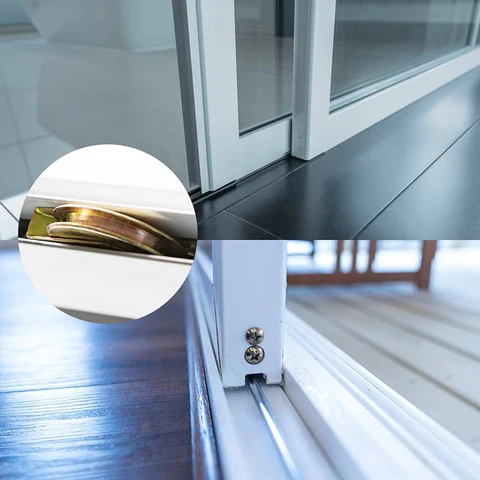
The rollers are responsible for the smooth sliding of the door.
Here’s how to attach them:
- Roller Placement: Mark the spots on the door panel for the roller attachments (both top and bottom).
- Adjustability: Install the rollers slightly loose so you can make adjustments later for perfect alignment.
- Securing Rollers: Tighten the rollers enough to keep them in place but still allow them to move freely during installation.
4. Mounting the Sliding Doors
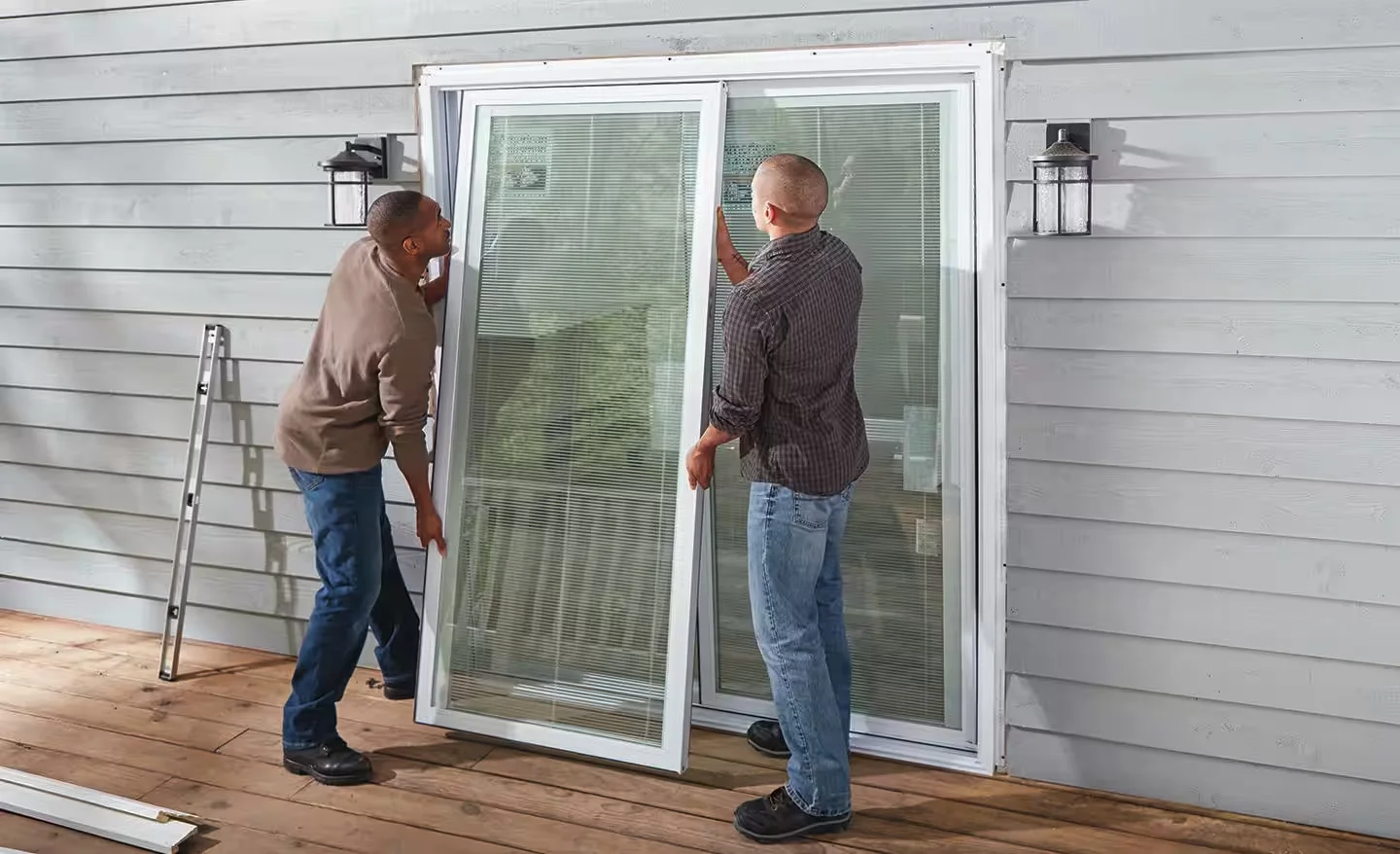
Now that your tracks and rollers are in place, it’s time to mount the sliding doors:
- Position the Door: With the help of your assistant, carefully lift the door and slide it into the top track. Be cautious not to damage the frame or track while positioning.
- Adjust Rollers: After placing the door on the track, adjust the rollers for smooth operation. Ensure the door moves effortlessly and doesn’t stick.
- Install Fixed Panel First: If you’re working with a double-panel setup, start by attaching the fixed panel first. Then, slide the movable door panel into place.
- Check for Alignment: Use a spirit level to ensure that both door panels hang evenly. Misalignment can cause doors to drag or fail to slide properly.
- Test the Operation: After everything is secured, test the door by opening and closing it. Make sure it slides smoothly and functions without issues.
5. Sealing and Insulating
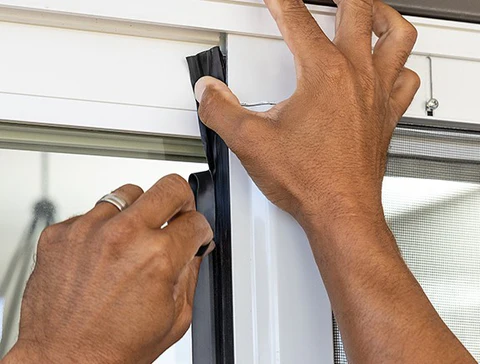
Proper sealing ensures energy efficiency and prevents drafts.
Here’s how to finish the installation:
- Seal the Gaps: Apply silicone caulk around the edges of the door frame to seal any gaps between the frame and the wall. This helps with insulation and keeps the elements out.
- Use Foam Insulation: For added energy efficiency, fill any remaining gaps between the door frame and the wall with foam insulation. This will help keep your home comfortable and reduce heating and cooling costs.
- Trim and Finish: Once sealed, add trim or molding to cover exposed edges for a clean, professional look. This step also helps ensure a tight seal.
6. Adding Security Features
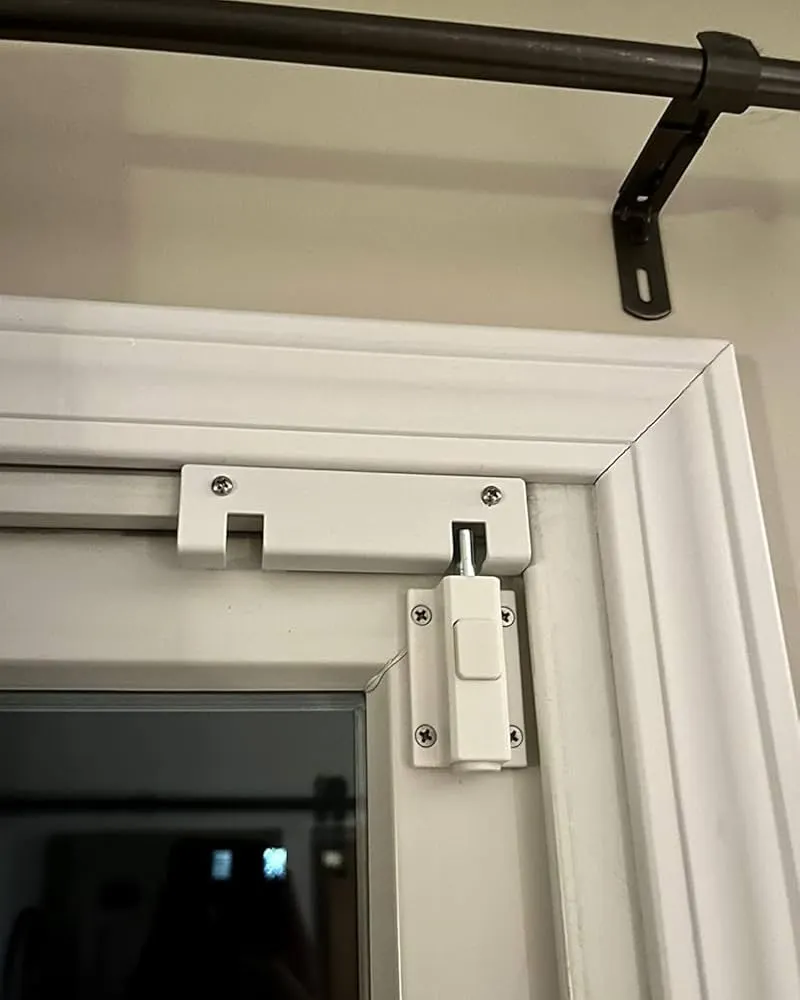
To enhance the safety and functionality of your sliding door, consider adding these security features:
- Locking Mechanism: Install a reliable locking system to secure the sliding door. Choose a sturdy lock designed for sliding doors to prevent break-ins.
- Security Bars: If needed, you can also add security bars. These are optional but can provide an extra layer of protection, especially for ground-floor installations.
7. Final Adjustments & Testing

Once the door is installed, it’s time to make sure everything functions perfectly:
- Test the Door: Open and close the door a few times to check for smooth movement. It should glide effortlessly along the tracks without sticking or jamming.
- Adjust Rollers: If needed, fine-tune the roller positioning to ensure a perfect fit. Sometimes a slight adjustment can make a big difference in how smoothly the door operates.
- Check for Gaps: Inspect the edges of the door to ensure there are no gaps or drafts. If you notice any, reapply caulk or insulation to ensure an airtight seal and prevent leaks.
With these final checks in place, your aluminum sliding door installation should be complete, functional, and secure.
Conclusion

Successfully installing aluminum sliding doors requires careful preparation and attention to detail.
By following each step—measuring, securing tracks, attaching rollers, and testing—you ensure smooth operation and long-lasting results.
If you’re unsure about any step, don’t hesitate to reach out to professionals.
Contact us for expert installation and support!
FAQs about Aluminum Sliding Door Installation
How do you secure an aluminum sliding door?
A simple yet effective security measure is placing a 2×2 stick or dowel in the door’s track. This prevents the door from being opened or removed, even if the lock is compromised. Additionally, window security film can enhance protection.
Do all sliding doors need a bottom track?
Not all sliding doors require a bottom track. Larger, heavier doors benefit from one for better stability and smoother operation, but for lighter or internal doors, a bottom track may be unnecessary depending on the design.
How to seal an aluminum sliding door frame?
To seal an aluminum sliding door frame, apply silicone caulk around the edges to prevent drafts and water leakage. Use foam insulation between the frame and wall for better energy efficiency and to reduce air infiltration.
![Apro logo - 25 Types of Door Hinges and Their Best Uses [Dezember 2025] - APRO Apro logo](https://aprowin.com/wp-content/uploads/2024/08/Apro-logo.webp)
![A bifold glass door opens to a serene courtyard featuring a beautiful fountain at its center - 25 Types of Door Hinges and Their Best Uses [Dezember 2025] - APRO A bifold glass door opens to a serene courtyard featuring a beautiful fountain at its center](https://aprowin.com/wp-content/uploads/2024/10/A-bifold-glass-door-opens-to-a-serene-courtyard-featuring-a-beautiful-fountain-at-its-center.webp)
![Sunflower view through modern black aluminum window frame - 25 Types of Door Hinges and Their Best Uses [Dezember 2025] - APRO Sunflower view through modern black aluminum window frame](https://aprowin.com/wp-content/uploads/2024/10/Sunflower-view-through-modern-black-aluminum-window-frame.webp)
![Modern entrance featuring glass doors and awning for commercial projects - 25 Types of Door Hinges and Their Best Uses [Dezember 2025] - APRO Modern entrance featuring glass doors and awning for commercial projects](https://aprowin.com/wp-content/uploads/2024/10/Modern-entrance-featuring-glass-doors-and-awning-for-commercial-projects.webp)
![Stylish residential project showcasing modern architecture and a beautiful pool area - 25 Types of Door Hinges and Their Best Uses [Dezember 2025] - APRO Stylish residential project showcasing modern architecture and a beautiful pool area](https://aprowin.com/wp-content/uploads/2024/10/Stylish-residential-project-showcasing-modern-architecture-and-a-beautiful-pool-area.webp)







![APRO logo white - 25 Types of Door Hinges and Their Best Uses [Dezember 2025] - APRO APRO logo white](https://aprowin.com/wp-content/uploads/2024/07/APRO-logo-white.webp)